The books I come from
Today the world learned that children's book author and illustrator Maurice Sendak has died at age 83. I am apparently one of the few who didn't read Where the Wild Things Are as a child, so my connection to Mr. Sendak is only via the praise of others. (Though I did see his fabulous turn on The Colbert Report.) Hearing about everyone who connected so deeply with his work, though, made me think about which books I connected to as a child ((I feel as if I've written about this before, but apparently I'm not sick of talking about this yet!)). Very few of them were picture books; I seem to have always been more interested in words than images. But it was interesting to think about these books from my childhood and see how they've become reflected in the books I'm writing now, as an adult.
The earliest book I remember being fascinated by was a Chinese picture book that I think my mother read to me. We might have brought it with us from China when we immigrated to the United States; I don't know. What I remember (hopefully accurately) is that it was a folktale about either foxes or wolves. There were vivid illustrations of a forest in the winter; I remember black trees and white snow … and a very frightening fox (or wolf!). I think there were teeth? And there might have been crows as well.
I remember being completely terrified of this story, and yet I wanted to hear it and look at the pictures. I think the memory of this story followed me all the way into the short story I wrote about Kaede from Huntress, titled (of course) "The Fox." (That story, which was originally published in Subterranean online, will be included in the paperback edition of Huntress, which comes out this June. I'm so excited that it will get to become part of Huntress in paper format!)
I do remember some books I read as a child that included illustrations — but these were predominantly middle grade books with black-and-white drawings (Mary Poppins by P.L. Travers; The Borrowers by Mary Norton). But my favorite books — and the ones that left the deepest impressions on me, at least consciously — had no illustrations. I remember that at age 6, I decided I would read an entire book that had no pictures on my own. It took me a month, and it was hard. But I triumphed! That book was The Secret in the Old Lace by Carolyn Keene.
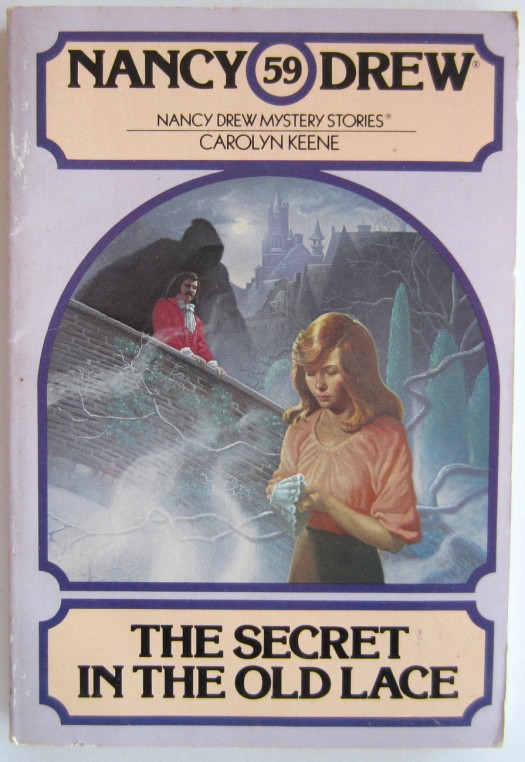
That book started me on a lifelong love affair with crime mystery fiction. I devoured every single Nancy Drew book I could find, and then I moved on to other mysteries. I still love a good mystery, and my forthcoming book, Adaptation, is in some ways a mystery (if not a conventional one with detectives and a dead body). Someday, I know that I will write a "real" mystery — one with a dead body and clues and a detective. I don't know when, because that story hasn't come to me yet, but it's coming. (Cue foreboding music.)
The other books that resonated with me as a child came from every genre. I've never felt limited to reading only one genre, and I think that's why I've also never felt limited to writing in one genre. I know that authors are often expected (by their readers and by the publishing industry) to stick to one genre, but I will never be able to do that. I like the challenge of writing in new styles and with new genre conventions.
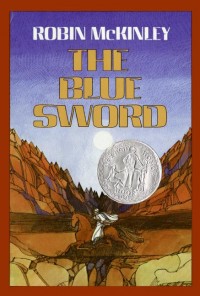
Many people will be unsurprised to learn that a formative novel of my youth was Robin McKinley's The Blue Sword. I've mentioned before that my first novel, written when I was all of 13 years old, was a thinly disguised rip-off of this book. McKinley's early novels are clear influences on me, most particularly The Blue Sword, The Hero and the Crown, and Beauty. When I wrote Ash, I became associated with fairy tale retellings, but I have to admit that McKinley's fairy tales are among the few retellings I've truly connected with.
What I love about McKinley's books are her female characters, of course. They're matter-of-fact. They don't whine. They learn how to do things like ride horses and carry weapons and grow roses. (Believe me, gardening is hard. I've tried and failed — so far!) These will always be the heroines who defined the kind of female character I love best, and I think you can see that influence in everything I write.
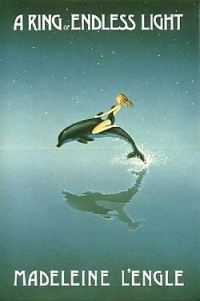
But the other Great Novel of My Childhood was a very different book. It was A Ring of Endless Light by Madeleine L'Engle. When most people my age think of L'Engle, they think of A Wrinkle in Time, but that book didn't affect me nearly as strongly as A Ring of Endless Light. I read Wrinkle, as well as every other L'Engle book, but Ringwill always be in my top 5 books of all time.
I was paging through this book a couple of weeks ago (the same paperback copy I got as a kid) and realized that this novel is incredibly complicated. I might have to read it again soon. It's about a 15-year-old girl named Vicky Austin grappling with issues of faith, life, and death during a summer at her grandfather's house before he dies of leukemia, so on one level it's very serious. On another level, Vicky is involved in a love triangle.
I totally did not realize this until I skimmed the book a few weeks ago. But there's Vicky going on dates with the hot, probably-bad-for-you Zachary Gray while wondering if she's falling for the smart, kind Adam Eddington (also cute). For everyone who thinks YA is currently all about love triangles … Madeleine L'Engle was either ahead of her time, or love triangles have always been popular. I'm going to guess both.
In retrospect, A Ring of Endless Light has affected my writing (and me) in many ways. It invited me to have wonder in the universe — in science (especially biology) in a way that Wrinkle did not. It also invited me to be deeply interested in religion and faith. That has come through to some extent in Huntress, which I see as sort of an exploration of Taoism. But I anticipate that it will come through in future books as well. These are the kinds of questions that can drive a life's work.
Other favorite books of my childhood include well-loved classics like Anne of Green Gables and Little Women, both of which spoke to my desire to be a writer. But also, I loved plenty of stuff that my English teachers would have considered trash ((*I* never considered them trash!)), such as the Robotech series of novels by Jack McKinney (nope, I was never into the animated series). Robotech pretty much gave me my first Asian heroine (Lynn Minmei! And I think she was in a love triangle with two hot pilots?) and a fondness for space opera. (Although honestly, I haven't found any space opera yet that I love as much.)
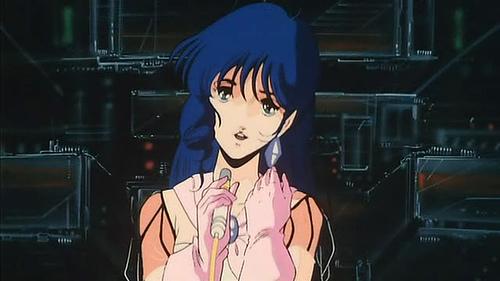
But what I remember most from those books was that they were thoroughly fun. Even though giant scary robots were potentially attacking Earth and might kill us all, the Robotech world was not dystopian. There was still room for joy in cool technology, in romance (so much romance!), and the belief that the future wasn't all gloom and doom. That's definitely something I hope I've brought to Adaptation and its sequel.
Finally, the Dragonlance series by Margaret Weis and Tracy Hickman was one of my favorites. These were a series of novels based on Dungeons & Dragons, and though I never played D&D, I read a lot of these books. My favorite character was Raistlin Majere, the sicky, evil mage who was so popular he got his own trilogy (Dragonlance Legends).
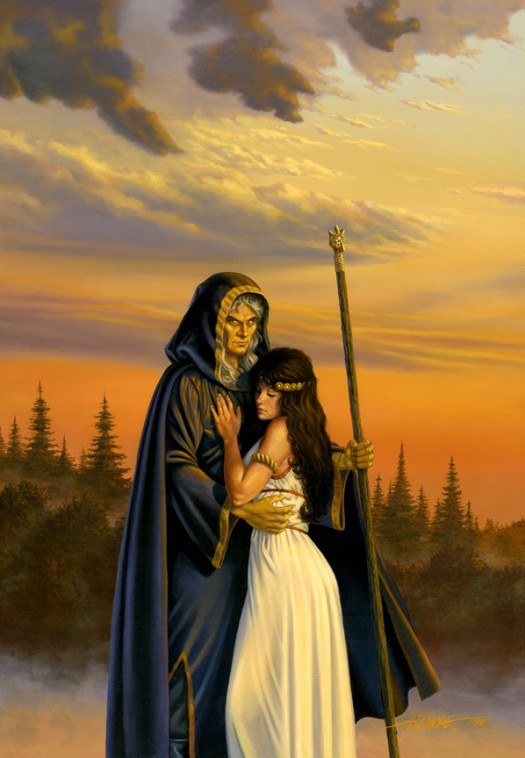
I really have no idea why I loved Raistlin so much because he's pretty much evil (though misunderstood), not to mention not terribly good-looking, and he was always coughing up blood. But … take away the sickliness and you can see the roots of the character Sidhean in Ash. (He's different than Raistlin of course. There's some Spike in him too.)
I could go on but I think I'll stop here or I'll never stop. But there you have it: my childhood influences. I'm fairly certain that someday they'll all be reflected, somehow, in the books I write.